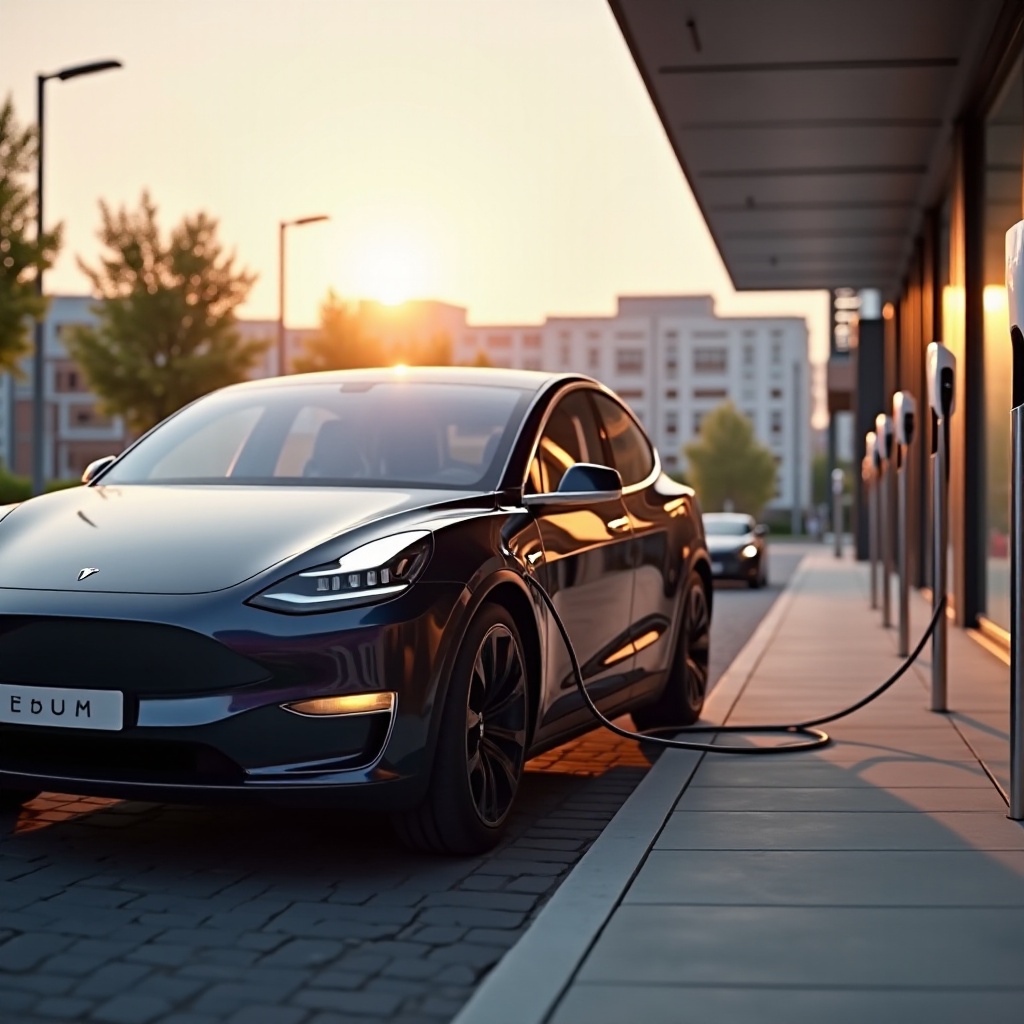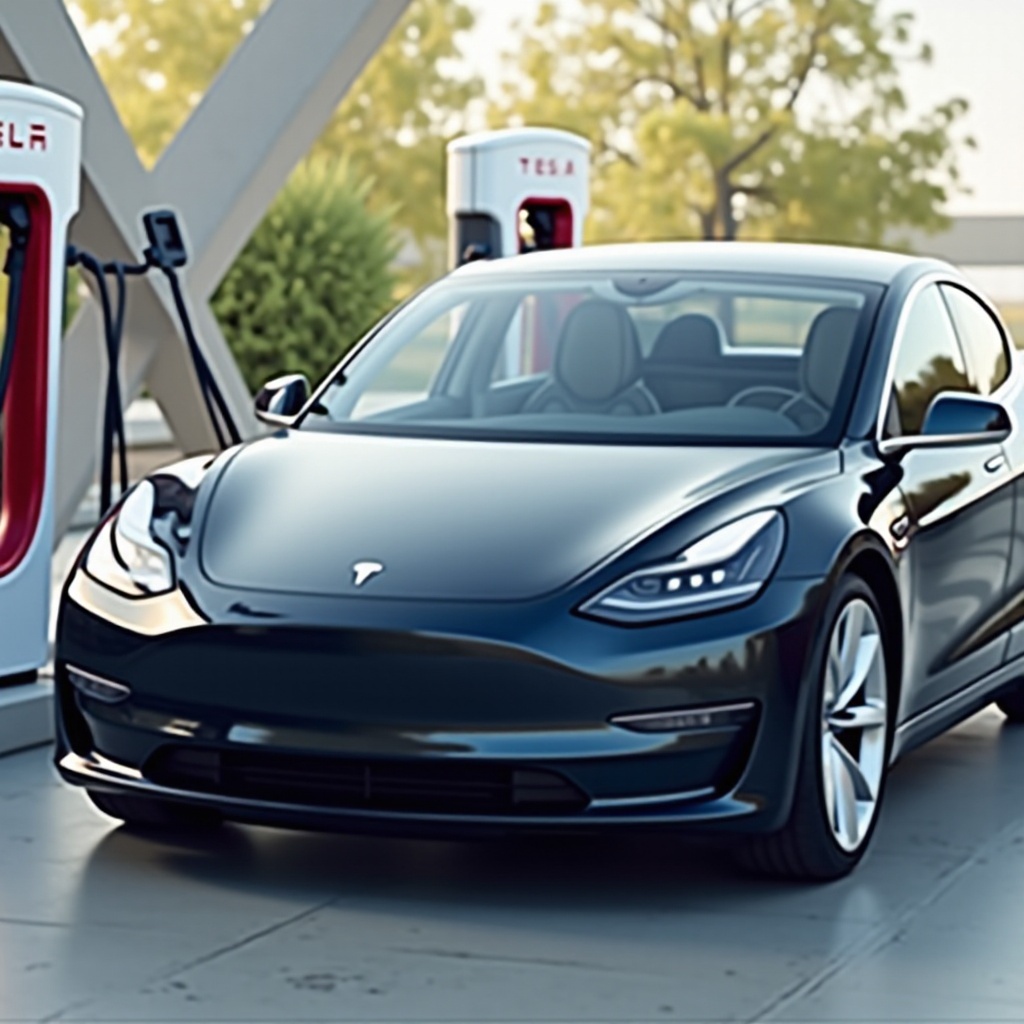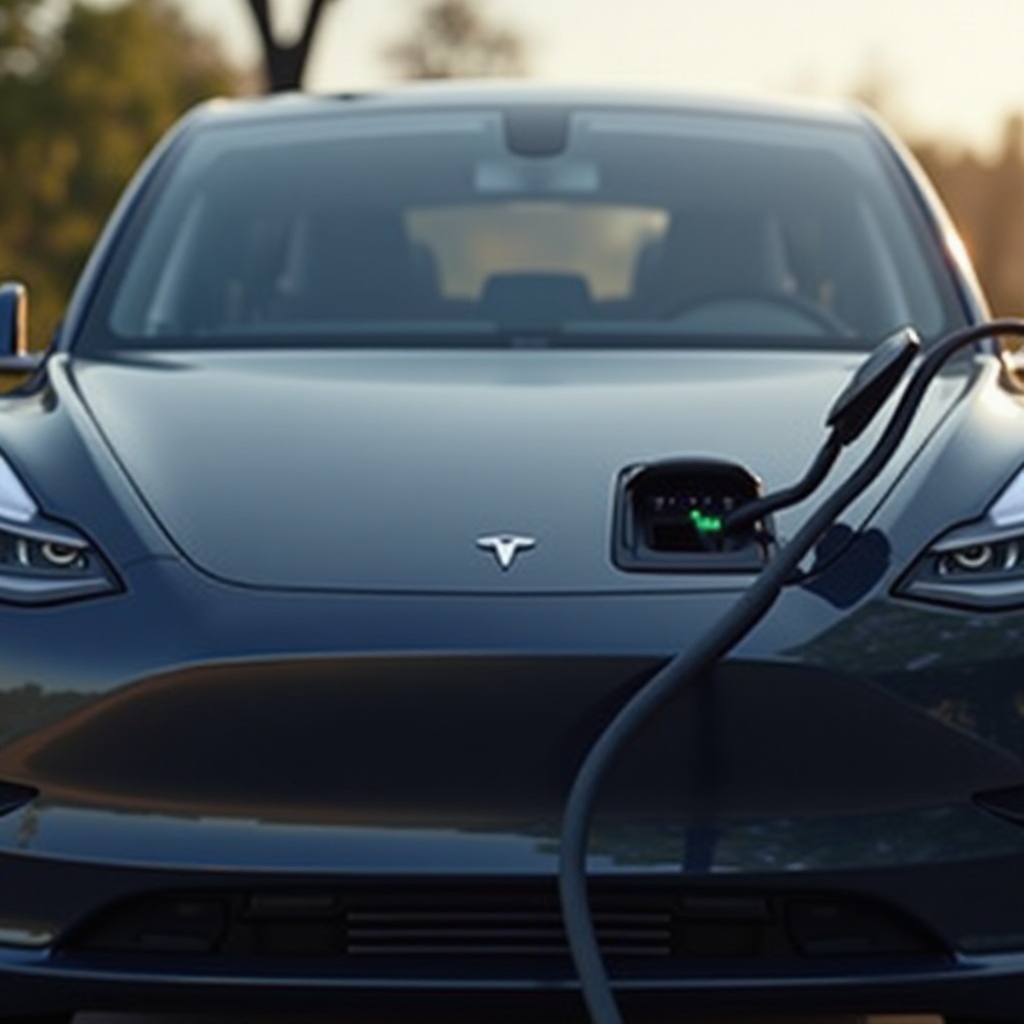Introduction
The Tesla Model 3 stands as a symbol of innovation and efficiency in the electric vehicle (EV) market. Among its many features, the Model 3’s charging capabilities draw significant interest. Understanding the max charging rate can enhance the ownership experience, ensuring you can confidently plan trips and optimize your charging routines.

Basics of EV Charging Rates
Charging an electric vehicle involves transferring electricity from an external power source to the vehicle’s battery. This rate at which electricity flows into the battery is known as the charging rate, usually measured in kilowatts (kW). Here’s a quick overview:
- AC Charging (Level 1 and Level 2): Alternating Current (AC) chargers are slower but essential for overnight charging. Level 1 chargers use a standard 120-volt outlet, providing about 2-5 miles of range per hour. Level 2 chargers use a 240-volt outlet, delivering up to 20-25 miles of range per hour.
- DC Fast Charging (Level 3): Direct Current (DC) Fast Chargers tap into higher voltage systems and can provide an 80% battery charge in about 30 minutes, delivering rates of up to 350 kW.
Understanding these basics is critical before diving into the specifics of the Tesla Model 3’s charging rates.
Tesla Model 3 Charging Specifications
The Tesla Model 3 boasts impressive charging capabilities. Here’s what you need to know:
- Max AC Charging Rate: On a Level 2 AC charger, the Tesla Model 3 can accept up to 11.5 kW, translating to approximately 44-46 miles of range for each hour of charging.
- Max DC Charging Rate: With a Supercharger, the Tesla Model 3 can achieve a max charging rate of up to 250 kW. This means you can gain up to 170 miles of range in about 15 minutes under optimal conditions.
The onboard charger of the Tesla Model 3 efficiently manages and distributes power, ensuring each charging session maximizes the available rate. The vehicle also comes with adapters for various types of outlets, making it versatile for different charging setups.

Charging Infrastructure for Tesla Model 3
The Tesla Model 3’s charging infrastructure significantly affects its usability and convenience. Tesla has developed a comprehensive charging network and several other options:
Supercharger Network
Tesla’s Supercharger network enhances long-distance travel convenience. With thousands of Supercharger stations globally, Tesla owners can rely on high-speed charging along major routes. These stations can charge a vehicle up to 250 kW, ensuring shorter stops during long trips.
Destination Charging
Destination chargers, installed at hotels, restaurants, and other public locations, provide Level 2 charging solutions. These chargers make it convenient to charge the vehicle while engaging in other activities.
Home Charging
A home charging setup is one of the most efficient ways to extend the benefits of owning a Tesla Model 3. The Wall Connector, Tesla’s home charging solution, delivers up to 44 miles of range per hour.
- Installation: Professional installation ensures safety and optimal configuration. The Wall Connector adapts to various home settings, both indoor and outdoor.
- Integration: Integration with home power systems allows for scheduled charging, taking advantage of lower electricity rates during off-peak hours.
Factors Influencing the Max Charging Rate
Several key factors influence the max charging rate of the Tesla Model 3:
Battery State and Temperature
- State of Charge (SoC): Charging rates decrease as the battery fills up, with fast charging most effective between 10% and 80%.
- Temperature: Ambient and battery temperatures impact charging speeds. Cold or extreme high temperatures can slow charging rates. Tesla’s battery management system helps mitigate these effects.
Charger Type and Condition
- Charger Compatibility: The type and condition of the charging station affect the rate. DC fast chargers and Tesla’s Superchargers deliver the highest rates.
- Condition: The condition of charging infrastructure, including cables and connectors, also plays a role.
Power Supply
- Electric Grid: The stability and capacity of the local electric grid influence the charging rate. Areas with less stable grids or during peak times may experience lower rates.
Understanding these factors helps better manage the charging process and set realistic expectations for your Tesla Model 3.
Tips for Optimizing Charging Efficiency
You can take several steps to enhance your Tesla Model 3’s charging efficiency:
- Pre-condition the Battery: Use the Tesla app to pre-condition the battery before charging, especially in extreme temperatures, to increase the charging rate.
- Plan Charging Sessions: Schedule charging during off-peak hours to benefit from lower electricity rates and ensure your Tesla is ready for early departures.
- Use Appropriate Charging Equipment: Invest in a high-quality Level 2 home charger and use compatible equipment to maximize convenience and efficiency.

Conclusion
Understanding and optimizing the Tesla Model 3’s max charging rate significantly enhances your EV experience. By effectively using the charging infrastructure, considering influencing factors, and optimizing your charging practices, you can fully enjoy the potential of your Tesla Model 3.
Frequently Asked Questions
What is the max charging rate of the Tesla Model 3?
The max charging rate of the Tesla Model 3 can reach up to 250 kW using Tesla’s Supercharger network. This allows you to add up to 170 miles of range in about 15 minutes under optimal conditions.
How can I optimize the charging speed of my Tesla Model 3?
To optimize charging speed, pre-condition the battery, plan charging during off-peak hours, and use properly rated charging equipment. Utilize Tesla’s fast-charging infrastructure and ensure your battery management settings are optimized.
Does the max charging rate differ between Tesla Model 3 models?
Yes, the charging rate can vary slightly based on the specific model of the Tesla Model 3. Generally, the Long Range and Performance models handle higher charging rates compared to the Standard Range Plus model. Always check the specific charging capabilities provided by Tesla for each variant.

